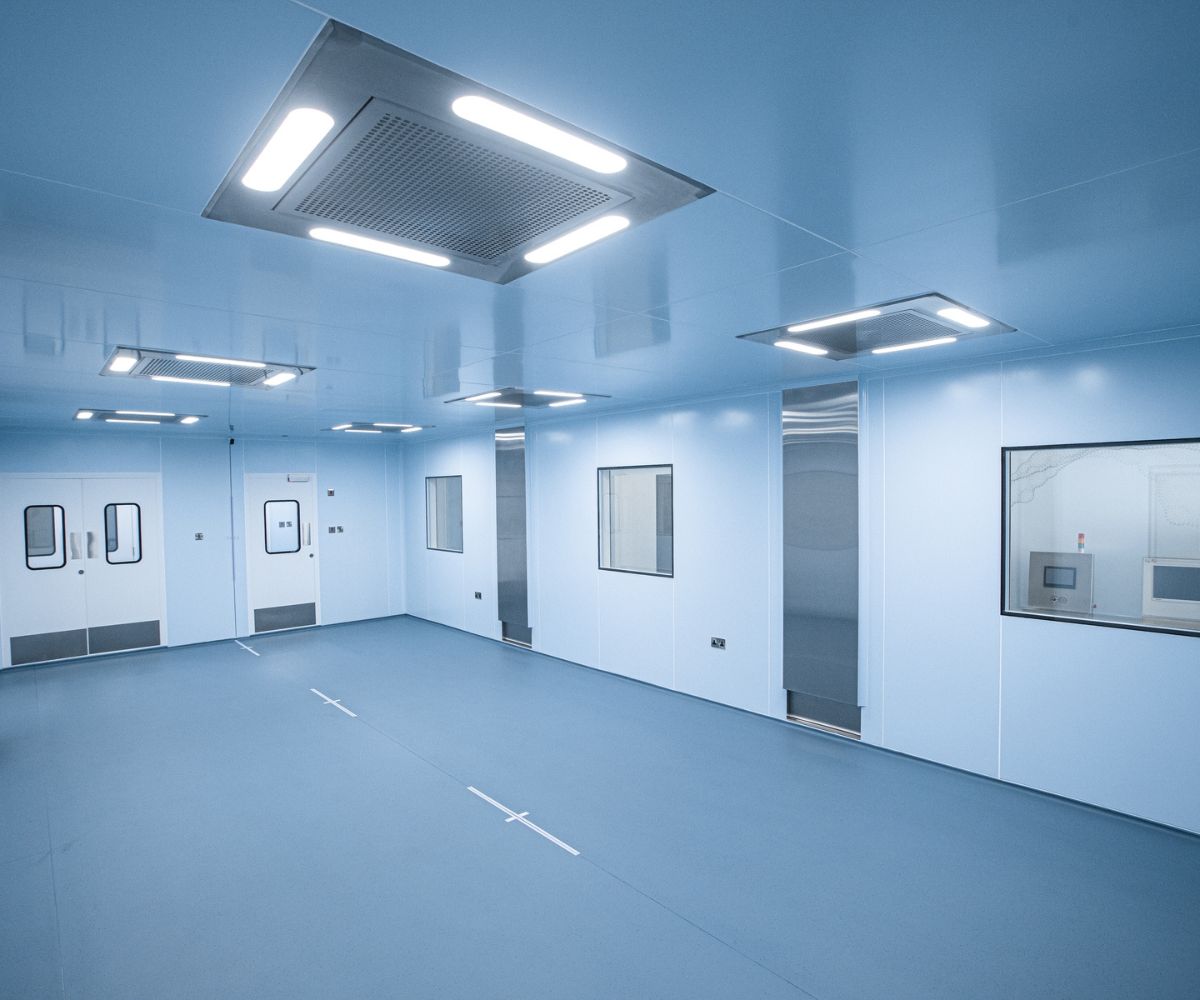Steel price increases directly impact the cost of construction materials in the Philippines. The material is essential in almost every project, from high-rise buildings and bridges to residential homes and public infrastructure. With such a wide range of applications, fluctuations in steel prices create a domino effect across the industry.
Rising costs often lead to higher project budgets, changes in material selection, and adjustments to construction schedules. For contractors and developers, understanding these changes is vital in creating realistic financial and operational strategies.
Why Steel Prices Affect Construction Material Costs
Steel is often referred to as the backbone of modern construction. It is used in reinforcement bars, beams, columns, and structural frameworks that support entire buildings. When steel prices increase, other construction materials in the Philippines such as concrete, roofing, and prefabricated panels are also affected. This is because suppliers factor higher steel expenses into their overall pricing.
As a result, builders may face project delays or reduced profit margins. To cope, contractors sometimes explore alternative materials or new suppliers, ensuring they maintain timelines without sacrificing quality.
Factors Driving Steel Price Increases in the Philippines
The cost of steel is influenced by multiple global and local factors. International demand, especially from countries with large infrastructure programs, can push global prices higher. Currency fluctuations and export restrictions also play a role in driving costs upward.
In the Philippines, added expenses such as shipping, import duties, and logistics contribute to the final retail price of steel. Domestic production levels and government policies further shape market stability. Contractors who monitor both global steel markets and local industry conditions gain an advantage, as they can better predict price movements and adjust purchasing plans accordingly.
The Role of Global Market Volatility
Global volatility is one of the most unpredictable forces affecting steel prices. Events such as trade disputes, supply chain disruptions, or sudden surges in construction demand overseas often influence local pricing. For example, when major economies stockpile steel for large infrastructure projects, Philippine suppliers face reduced availability and higher costs.
Shipping backlogs or increased freight charges also add to expenses. For local builders, these factors mean procurement strategies must remain flexible. Planning purchases around market stability becomes essential to avoid cost spikes that could derail budgets and timelines.
How Rising Prices Affect Contractors and Developers
Unforeseen price hikes create significant financial pressure for construction companies. Large-scale projects may risk exceeding budgets, while smaller builders struggle to absorb unexpected costs. Developers sometimes delay construction until steel prices stabilize, impacting both workers and investors. Rising steel costs also affect labor payments and material purchases, forcing managers to make difficult trade-offs.
Some contractors turn to recycled steel or explore substitutes like aluminum and reinforced concrete. Others focus on strategic procurement, negotiating better supplier terms and monitoring expenses carefully to balance quality, affordability, and project continuity.
Challenges for Small and Medium-Scale Builders
Smaller contractors often face the hardest challenges when steel prices rise. Unlike large developers, they may not have the financial flexibility to absorb higher costs. This can result in delayed payments to workers, reduced material orders, or even project cancellations. Homeowners who build residential properties also feel the pressure, as their budgets are typically limited.
Rising construction material costs in the Philippines create difficult decisions, such as downsizing projects or choosing less durable alternatives. These challenges highlight the importance of financial planning and strong supplier relationships for smaller construction firms.
Strategies to Manage Rising Steel Costs
Contractors can adopt proactive approaches to minimize the effects of increasing steel prices. Bulk purchasing during stable periods often reduces expenses and secures reliable supply. Establishing relationships with multiple suppliers ensures access to competitive pricing and timely delivery. Monitoring market trends helps companies anticipate cost movements, allowing for better budget planning.
Efficient design practices, such as optimizing structural layouts, reduce unnecessary steel use without compromising safety. Exploring composite or prefabricated materials also provides cost control options. Together, these strategies strengthen financial stability and help projects move forward despite market volatility.
Leveraging Technology and Innovation
Technology is also playing a role in managing rising construction costs. Digital procurement systems allow contractors to compare supplier prices in real time, ensuring cost-effective sourcing. Building Information Modeling (BIM) helps optimize structural designs to minimize excess material use. Prefabrication and modular construction techniques reduce steel requirements by streamlining production and assembly.
Even recycled materials are becoming more viable through improved processing methods. By embracing these innovations, contractors and developers in the Philippines can create more efficient projects, reducing reliance on volatile steel prices while maintaining structural integrity and safety.
Long-Term Implications for Construction Materials in the Philippines
Consistently high steel prices may reshape future construction practices across the country. Developers could adopt alternative building materials and modern methods to reduce reliance on imported steel. Prefabricated and modular designs, which require less steel, may become increasingly common in both residential and commercial projects.
Greater investment in domestic steel production could help stabilize supply and reduce dependence on international markets. Additionally, government policies that encourage sustainable construction materials may drive industry shifts. These long-term changes will influence project planning, design choices, and investment strategies across the Philippine construction sector.
Building Resilience in the Industry
The Philippine construction industry must adapt to steel price volatility to remain competitive. Strengthening domestic supply chains, encouraging local production, and improving recycling infrastructure are key steps. Training contractors in cost-efficient design and sustainable material use will also enhance resilience.
Collaboration between government, developers, and suppliers is essential to create policies that balance affordability with quality. Over time, these collective efforts can stabilize construction material costs and support the industry’s long-term growth. By staying adaptable, builders can overcome current challenges and prepare for future shifts in global and local markets.
Key Takeaway
Rising steel prices have a significant impact on construction materials in the Philippines. From large-scale developers to small home builders, everyone must account for cost fluctuations when budgeting projects. Monitoring market trends, adopting alternative materials, and using innovative construction methods help control expenses.
Contractors who prepare for price volatility maintain schedules and protect profitability even during market shifts. Steel costs influence not just short-term budgets but also the future of construction practices nationwide. Staying informed and adaptable ensures builders complete projects successfully while maintaining both quality and financial stability.



